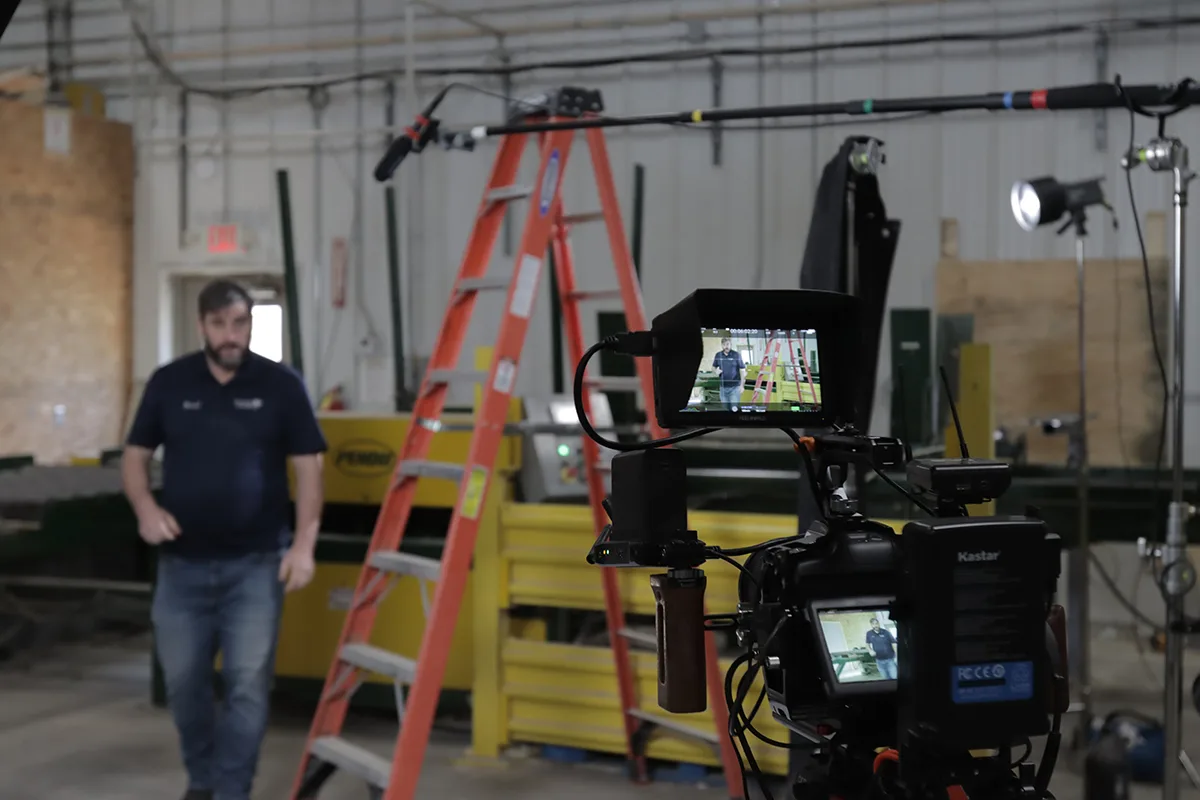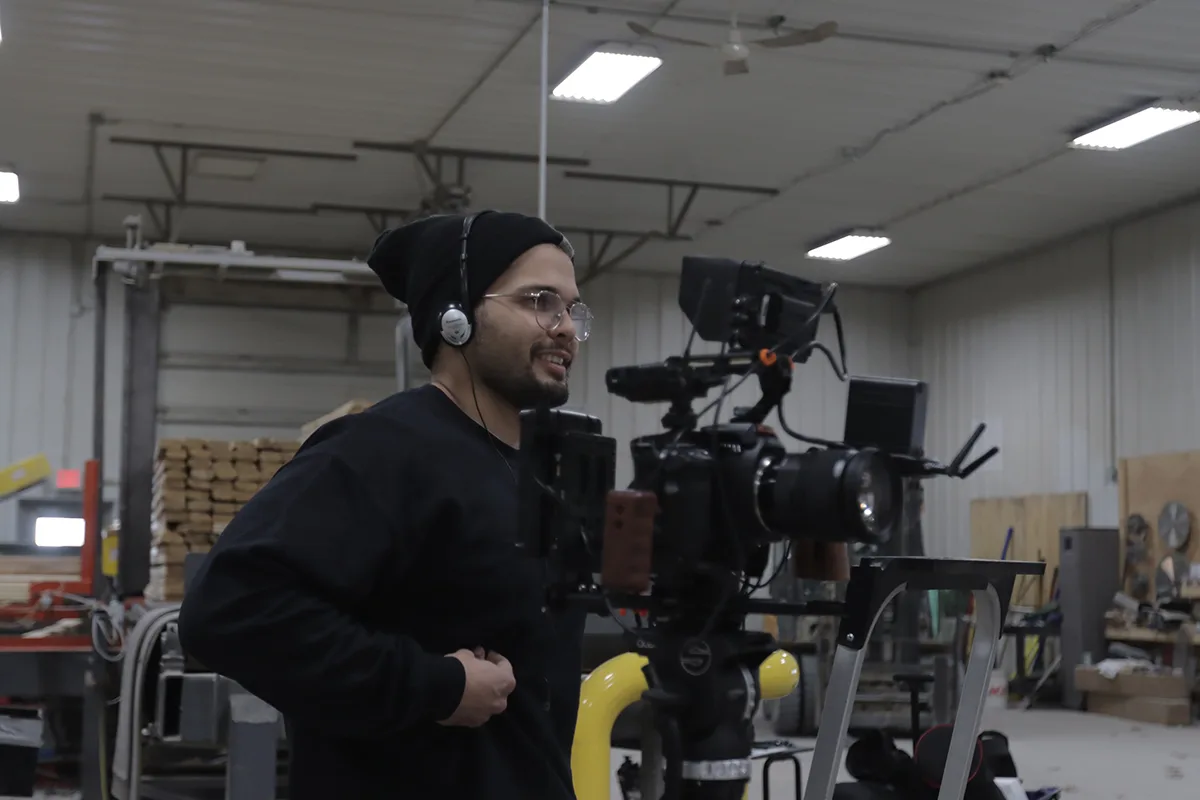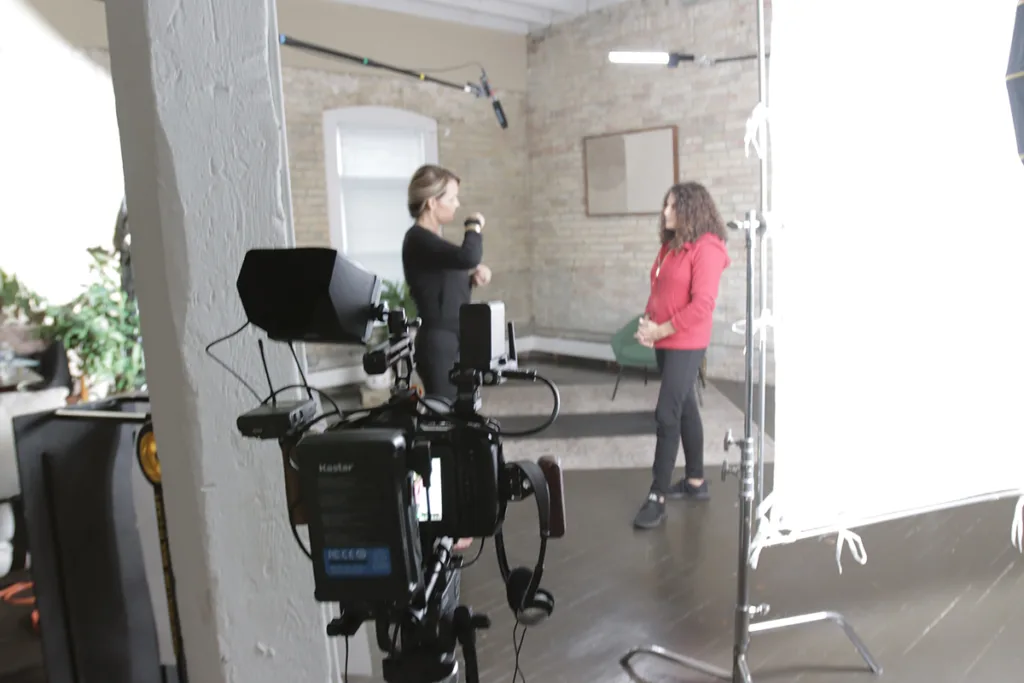Key takeaways for the stages of video production
- Pre-production includes planning logistics, budgeting, scheduling, and scriptwriting to prepare for the production phase.
- Production includes filming using cameras, sound equipment, video editing, and lighting techniques.
- Post-production involves trimming footage, editing, color grading, and audio effects.
- Video marketing is used to engage audience emotions with content distributed across different platforms such as YouTube and Instagram.
- Following the three stages of video production guarantees quality content that meets marketing goals.
With the rise of digital marketing
Video production has become an increasingly crucial aspect of creating an effective marketing campaign. However, creating a professional-quality video requires more than just point-and-shoot. It involves a complex process that consists of three key stages. Before you approach a video production company for a video project, it’s crucial to understand these stages to fully leverage the potential of this medium. In this post, we will cover the three essential stages of video production, highlighting the key activities involved in each of them.
Step One: Pre-production
The first stage of video production is pre-production. This is where everything sets into motion and the planning of the project takes place. The pre-production stage is where the focus of the project work is on logistics, budgeting, scheduling, and scriptwriting. This stage is crucial to ensuring a smooth and efficient production phase.
During this stage, the producer and the director work together to develop the written script. They also plan the casting of the actors, the location for the recording, and any props, and costumes needed. The producers and the director also draw up the budget proposed, schedules, and outline item by item, the entire production process.
Once the script and storyboard ideas have been developed, revisions should be made to ensure that the final product looks great. At this point, you should also determine what equipment is needed and ensure that everything is ready to go for the production stage.

Step Two: Production
The production stage is where everything you have planned in the pre-production stage comes to life. The filming takes place during the production stage, and every part of the final product is created during this stage. This is where cameras, sound equipment, video editing, and lighting are all put into use. Professionals such as camera and lighting technicians mostly perform the production stage.
The production stage also details the audio-recording planning with the mixing and sound engineers, and sometimes, spot cleanup and enhancing effects, foley artists, cue sheets, and editing. During the production stage, all filming items and elements should be captured.
It’s important to remember that this stage is crucial, as any mistakes or oversights may require you to reshoot everything and ultimately affect the overall quality of the project and final product.

Step Three: Post-production
Post-production is the final stage of video production. This is where all of the editing takes place, and the video is crafted into its final form. During this stage of production, all of the previously captured footage will be trimmed, edited, and put together to create the final product. It includes color grading, special effects, graphic design, and audio effects.
The final video is then recorded and formatted for release, whether it’s for social media, websites, other videos, or TV ads. During the post-production stage, a complete video sound mix should be created, including environmental effects, background music, and even dialogue replacement where necessary. The final product should be polished and edited professionally, with attention to detail that will set it apart.
Bonus step – Marketing Distribution
The process of creating videos lacks specific targeting and not everyone appreciates it. However, video marketing allows clients to distribute videos through various channels like social media, email, and website landing pages, which ensures that the content reaches the target audience. This approach increases engagement, brand recognition, and lead generation.
One of the advantages of video marketing is its ability to be shared across multiple platforms such as YouTube, Instagram, Facebook, and LinkedIn. This presents businesses with an opportunity to reach a broader audience and attract new customers. Video marketing has become an essential tool for businesses because it can create emotional responses from viewers, making it more memorable, fun, and engaging than traditional forms of advertising.
To wrap it up
Video production can be a complex process, especially if you’re new to it. Fortunately, breaking down the process into its component stages can make it more manageable. The three essential stages of video production are pre-production, production, and post-production.
In the pre-production stage, you’ll work on planning and preparing for the video. This stage includes activities such as scriptwriting, storyboarding, casting, location scouting, and scheduling. It’s important to take the time to get this stage right, as it can significantly affect the outcome of your video.
The production stage is when you film the video. This stage involves setting up equipment, lighting, and sound, and capturing the footage. It’s crucial to have a skilled and experienced team to ensure that this stage is executed correctly.
Finally, the post-production stage involves editing the footage and creating the final video. This includes activities such as color grading, sound mixing, and adding visual effects. It’s essential to have a clear idea of what you want to achieve in this stage, as it can significantly affect the final product.
If you’re planning to create a video for your business or organization, it’s crucial to take the process seriously and engage professional help if necessary. By knowing the three essential stages of video production, you can create videos that will meet your marketing goals and provide quality content that engages your audience. By ensuring that each stage of video production is done correctly, you’ll be on your way to a successful and professional video campaign.
If you’re looking for a Minneapolis production company, consider reaching out to www.melomultimedia.com for all your video production needs. They can guide you through the video production process and deliver high-quality videos that meet your goals.


